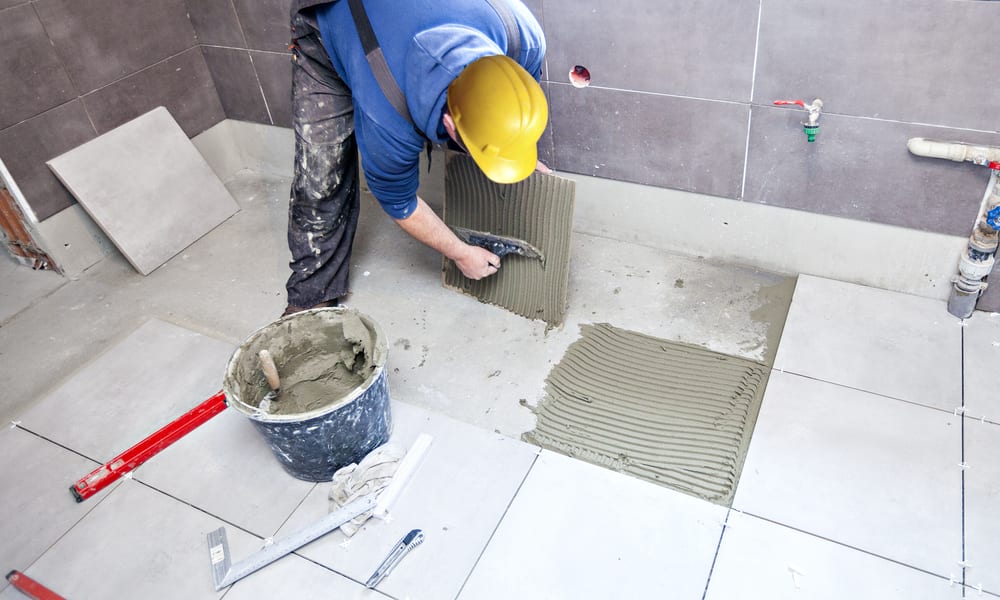How to identify and manage hazardous building fibers before renovation
Before starting any renovation, identifying hazardous building fibers early helps protect occupants and workers and prevents project delays. An asbestos-focused survey evaluates materials that may release fibers when disturbed, outlines safe handling, and guides decisions on testing, containment, and compliance with applicable safety standards.

Renovation projects often disturb older building materials that can release hazardous fibers into the air. A systematic approach—combining visual inspection, material testing, and documented assessment—helps determine what materials are present, where they are located, and how they should be handled to reduce risk. Understanding the lifecycle of an asbestos survey supports safer planning and clearer communication with contractors and regulators.
This article is for informational purposes only and should not be considered medical advice. Please consult a qualified healthcare professional for personalized guidance and treatment.
What happens during an inspection?
A thorough inspection begins with a walkthrough of the property to identify suspect materials by location, condition, and type of construction. Inspectors look for textured coatings, insulation, floor tiles, pipe lagging, and roofing materials that might contain asbestos fibers. Visual inspection alone cannot confirm presence, but it establishes probable locations and the potential for fiber release during renovation. Accurate documentation—photographs, material notes, and floor plans—becomes the basis for deciding which areas require sampling and what containment measures might be necessary to protect workers and building occupants.
How is testing performed for fibers?
Testing involves systematic sampling of suspect materials and analysis in accredited laboratories. Samples are collected using techniques that minimize disturbance and potential release of fibers, then sealed and labeled for chain-of-custody. Analytical methods include polarized light microscopy (PLM) for bulk materials and transmission electron microscopy (TEM) for air samples and detailed fiber identification. Results indicate whether asbestos fibers are present and which type, information that directly affects remediation planning and exposure control measures.
What does an assessment and monitoring include?
An assessment combines inspection data and laboratory results to evaluate the extent of contamination and the risk of fiber release during renovation. It weighs material condition, location, and likelihood of disturbance. Monitoring may involve baseline and post-work air sampling to measure airborne fiber concentrations and confirm the effectiveness of controls. Regular air monitoring during intrusive work helps ensure worker safety and verifies that containment reduces airborne fiber counts to acceptable levels under relevant standards.
What remediation and abatement approaches exist?
Remediation and abatement vary by material type and project scope. Options include repair (stabilizing intact materials), encapsulation (sealing materials to prevent fiber release), enclosure (physically isolating materials), and full removal when materials are friable or located where disturbance is unavoidable. Licensed contractors follow industry guidance and safety protocols for handling hazardous fibers, using negative-pressure enclosures, HEPA filtration, and appropriate personal protective equipment. Decisions about method selection should be guided by the assessment and the objective of minimizing exposure.
How can exposure and contamination be limited?
Limiting exposure requires planning and combining engineering, administrative, and personal protective controls. Engineering controls include local containment, negative-pressure systems, and HEPA-filtered vacuums. Administrative controls involve work sequencing, restricted access to affected zones, and clear communication of hazards to workers and occupants. Personal protective equipment such as respirators and disposable coveralls provide a final barrier. Decontamination procedures for workers and equipment and proper waste handling ensure contamination is contained and does not spread beyond the work area.
Which regulations and compliance apply?
Regulations and compliance requirements vary by jurisdiction but commonly set standards for testing, abatement licensing, worker training, and disposal. Building owners and contractors must understand local and national rules that govern permissible exposure limits, air monitoring protocols, and waste transportation and disposal. Compliance includes maintaining records of inspections, sampling, and worker certifications. Staying current with regulatory guidance reduces legal risk and helps align project practices with accepted safety expectations.
Conclusion Identifying and managing hazardous building fibers before renovation relies on a coordinated process of inspection, careful sampling and testing, thorough assessment, ongoing monitoring, and targeted remediation or abatement. Prioritizing containment and worker protection minimizes exposure and supports regulatory compliance, while clear documentation informs safer project decisions and reduces the likelihood of costly delays or health risks.





